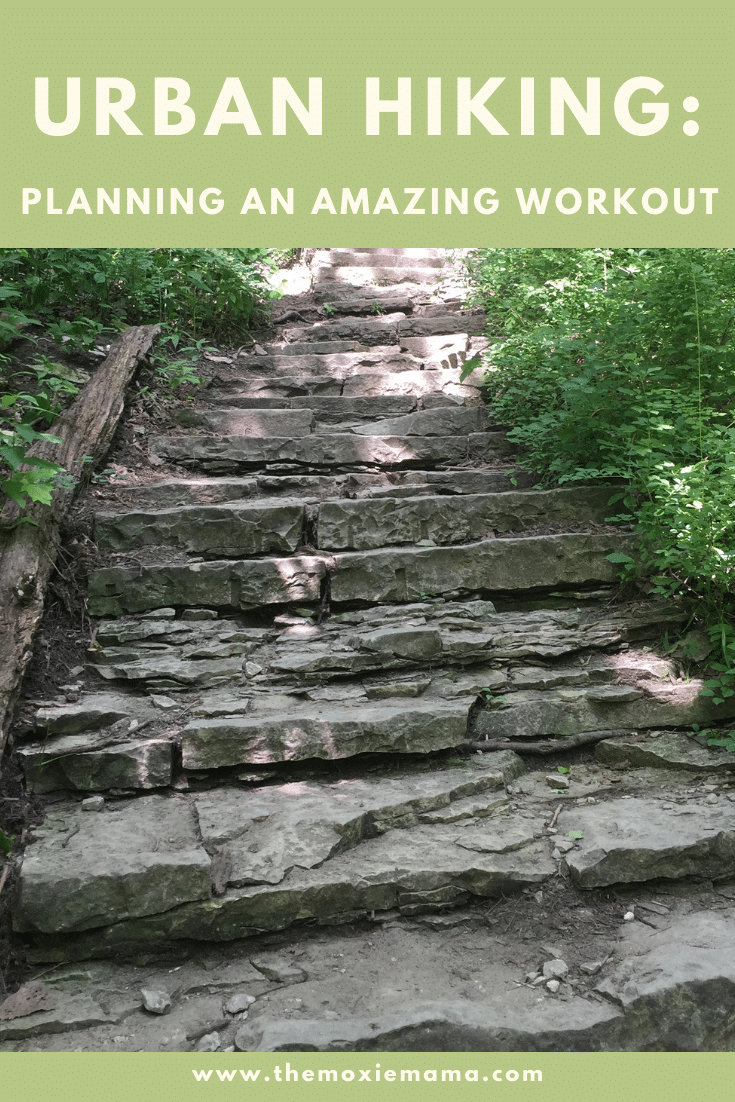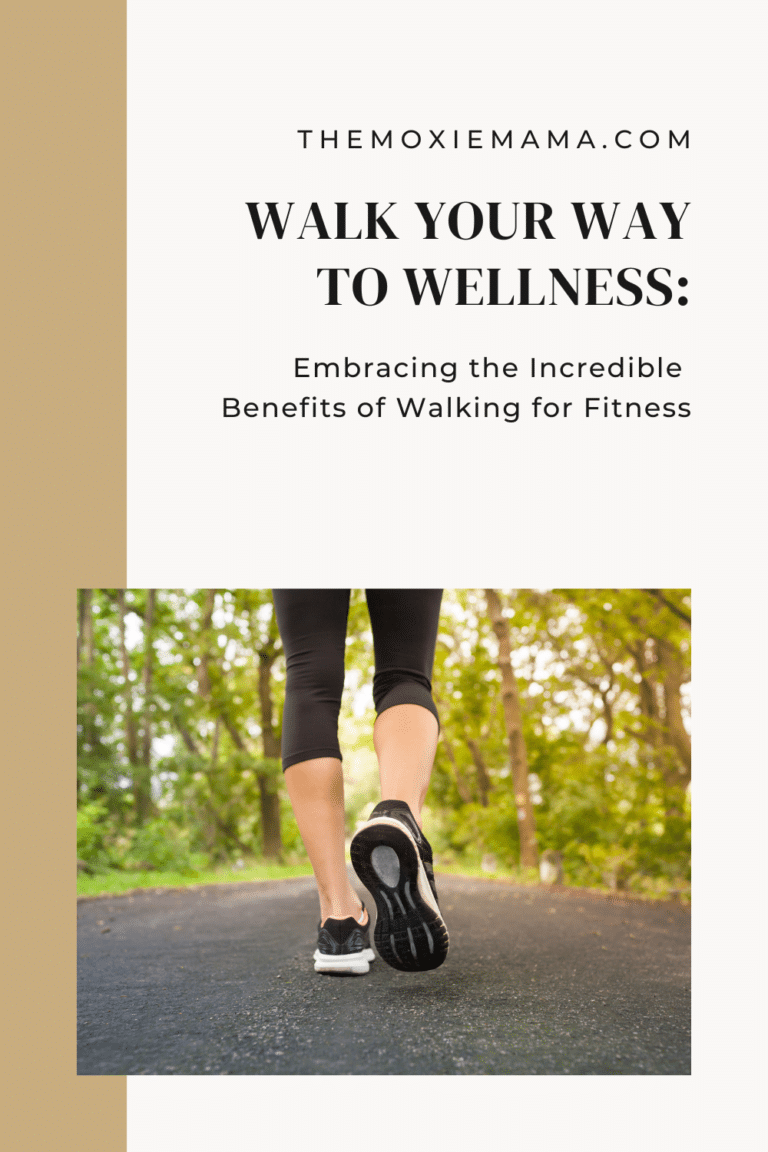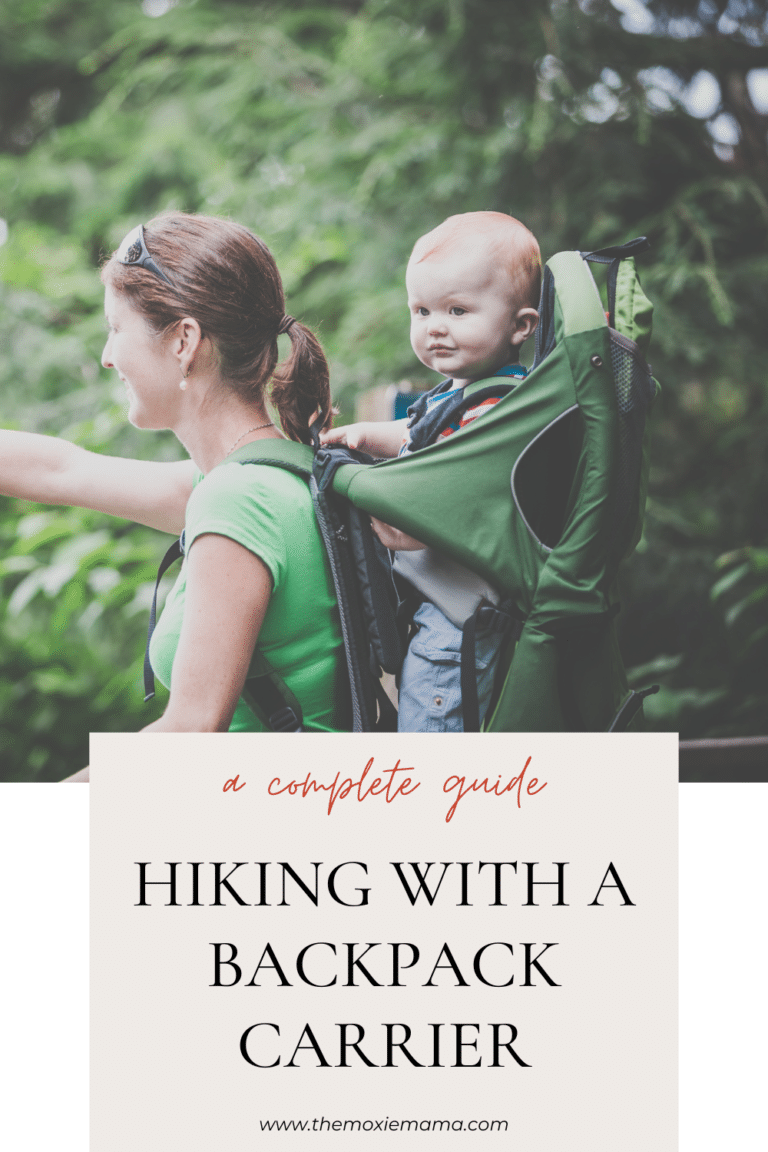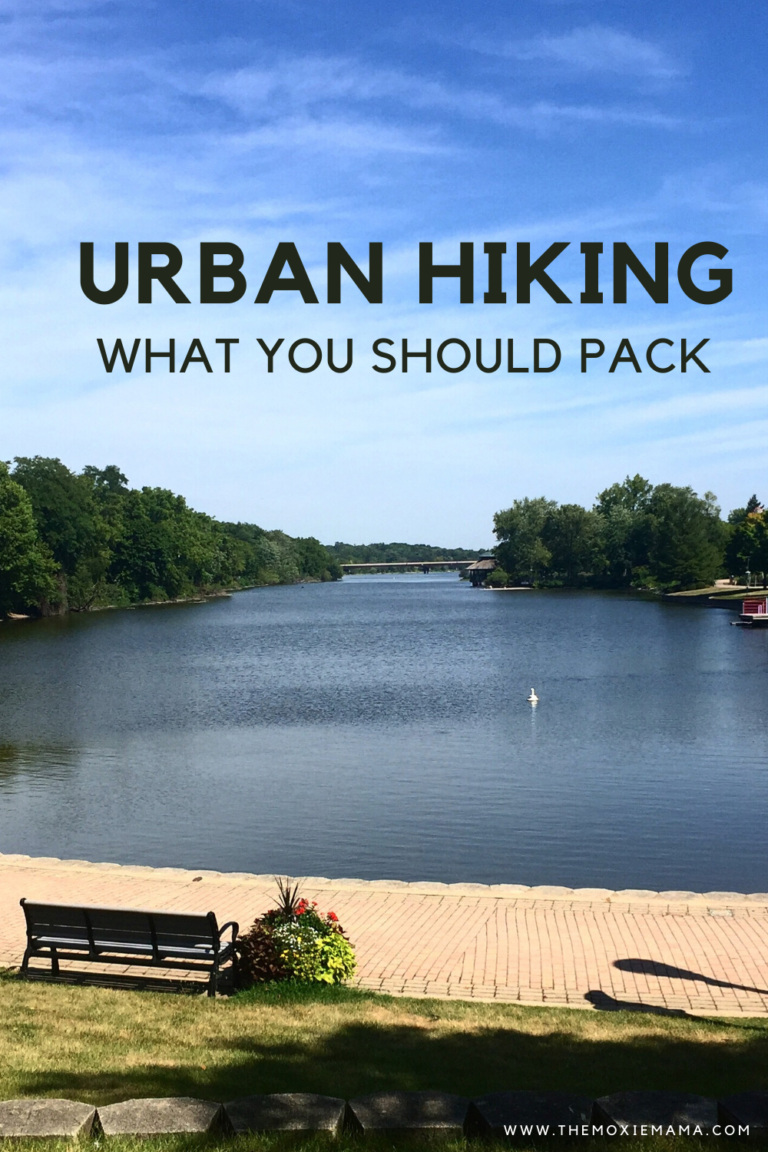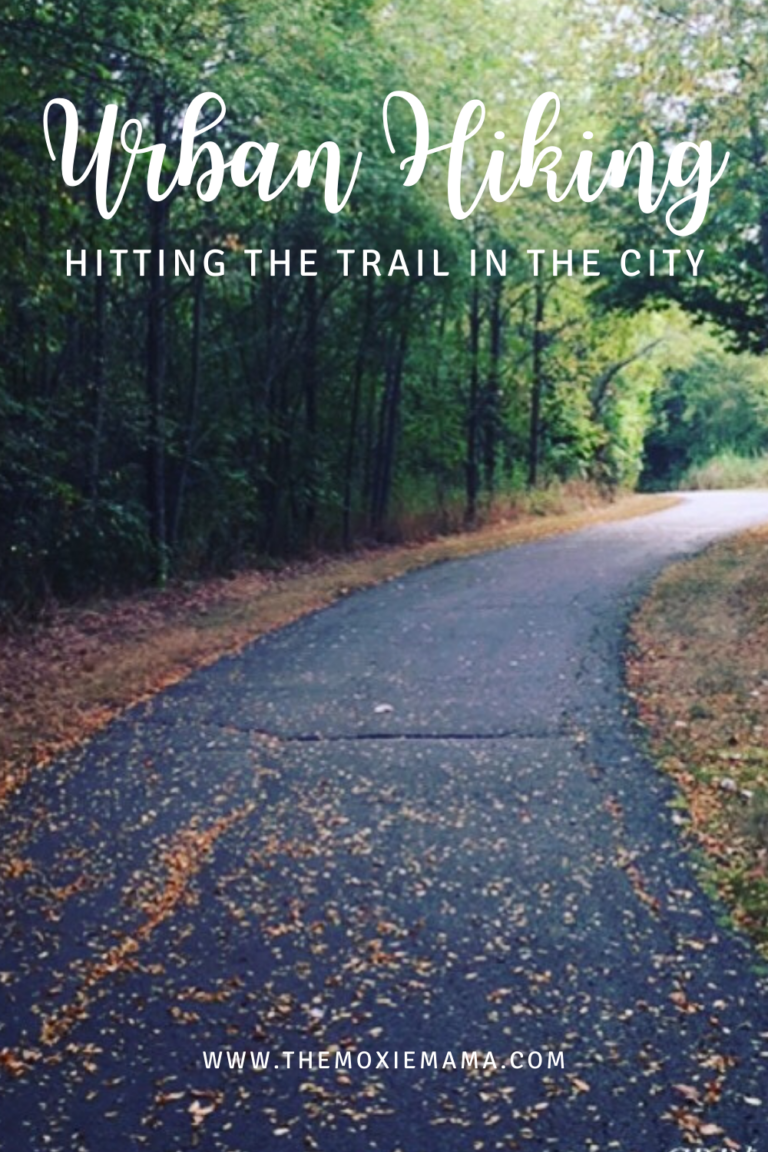Like so many other outdoor activities, urban hiking is about goal setting, discovering new places, getting in a great workout, and being outdoors. Renewing the fun of nature hiking, the urban hike uses city and suburban environments to accomplish the same type of calorie-shedding exercise session. Instead of mountains and dirt paths, hikers use parks, stairways, alleys, and bike paths that link up roads and new city regions.
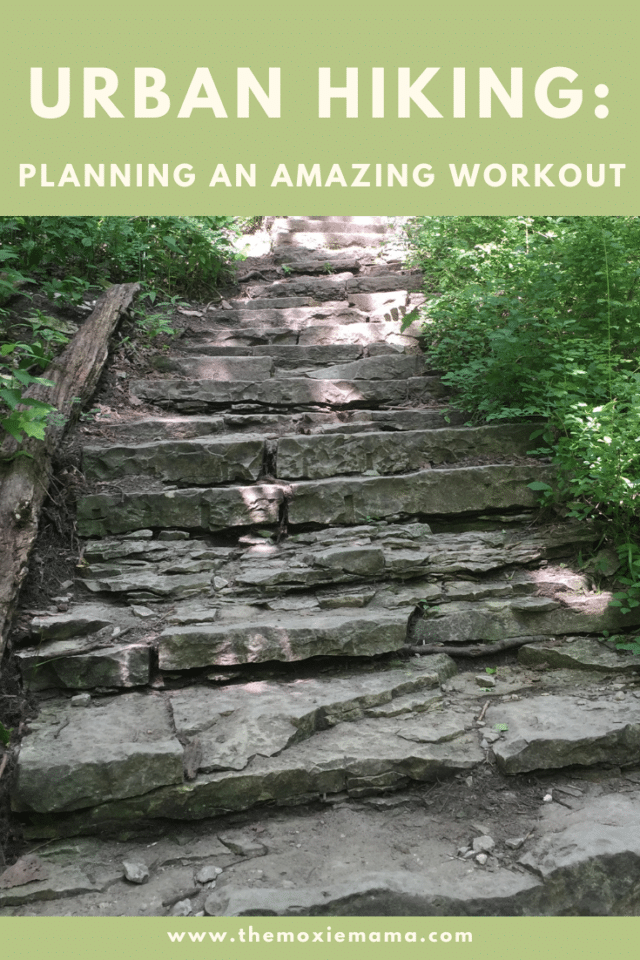
Urban hiking can be anywhere from five miles up to 40 miles or more. They are intended to be self-sustaining with all gear carried in a backpack, just like on a hiking trail. These hikes can be completed alone for a more meditative and individual experience or as a group if you delight in the extra encouragement and companionship of working out with others.
Here are some tips on how to plan a successful urban hike.
Choose your route. Set the goal of your hike as a faraway park, landmark, or mural. This is the peak of your urban hike.
Pre-plan your hike. Inform a friend or loved one where you are headed and when you will be back. Also turn on your Find My Friends app or consider using a GPS app that allows your loved ones to follow your location in real-time.
Map your hike. I personally use the Endomondo app to map my hikes and walks. This allows me to keep track of my pace, time, and distance.
Make personal safety a priority. If multi-use paths are not an option or you are urban hiking in a city, aim to keep to side roads or bike lanes where motorized traffic is typically lower. Be sure to bright or wear reflective gear to ensure that you are seen by drivers and cyclists. Also remember to abide by all basic traffic laws—using crosswalks, traffic lights, and walking on sidewalks to ensure utmost safety.
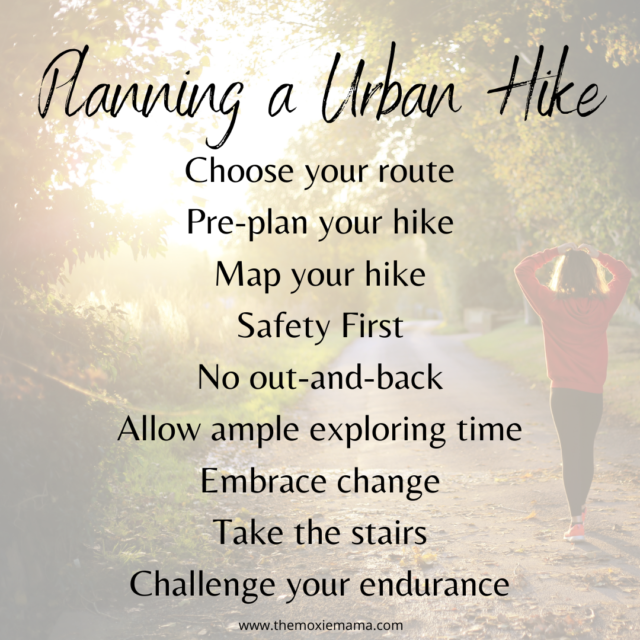
Make loops. Hiking the same areas more than once is counterintuitive to the essence of the sport. If at all possible, make loops in your route versus going out and back. This compels you to explore more of the city and makes your hike much more adventurous and entertaining.
Allow ample exploring time. Urban hiking can stimulate the senses, sometimes a little too much. Even if you can walk or hike 4 mph, you may be a little slower on an urban hike. Give yourself ample time to examine unique places and paths and consider traffic and other pedestrians.
Change can happen. Construction can cause you to need to find another route. Other paths or alleys can become cutoffs. Just like a day hike in the mountains, be free to travel with the landscape.
Stairs. One of the targets of many urban hikers is to climb as many stairs as possible. Stair climbing imitates mountain hiking and provides an awesome workout for your back, glutes, and leg muscles. If you find stairs on your route, hit them up!
Challenge your endurance. Use this fun sport to set new fitness goals. When I started, I was taking shorter hikes and then I began challenging myself to increase my distance until I was up to 26 miles! Track your distance or steps and strive to increase your hike by 10% on your next urban hike.
Want to know what to carry on an urban hike? Check out THIS post I wrote about the gear I carry when I am on my hikes and walks.
